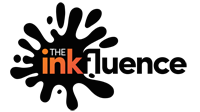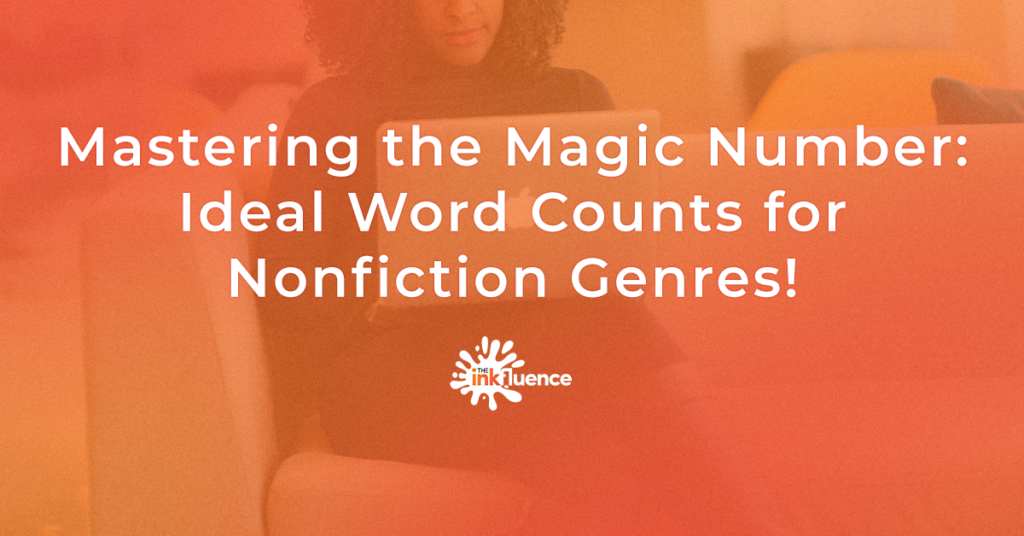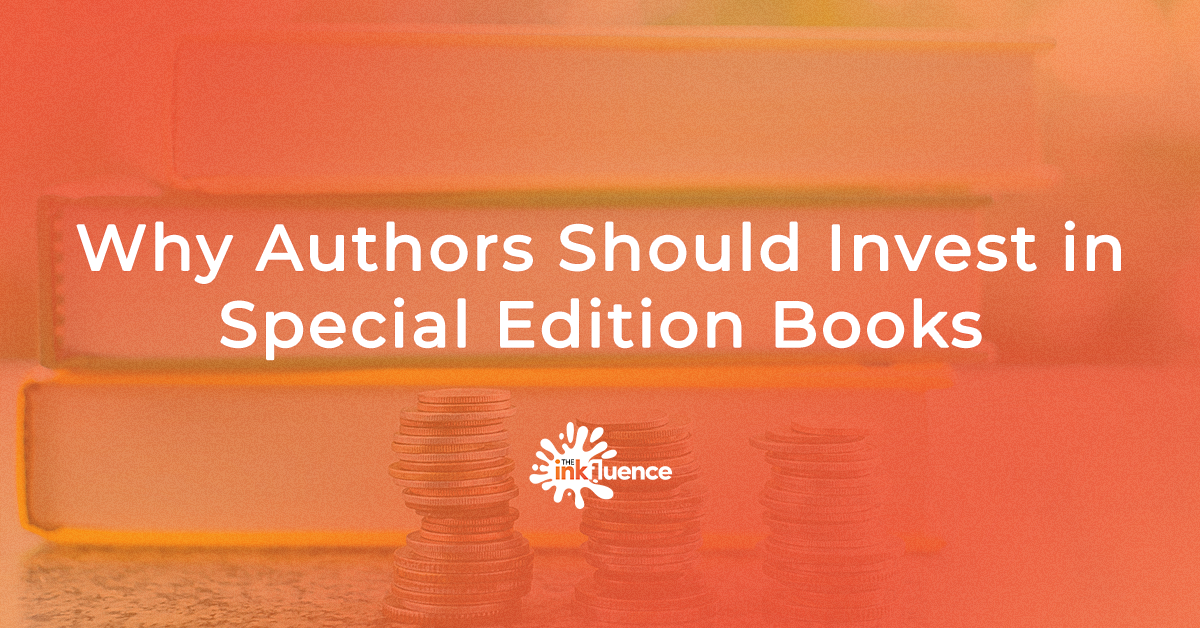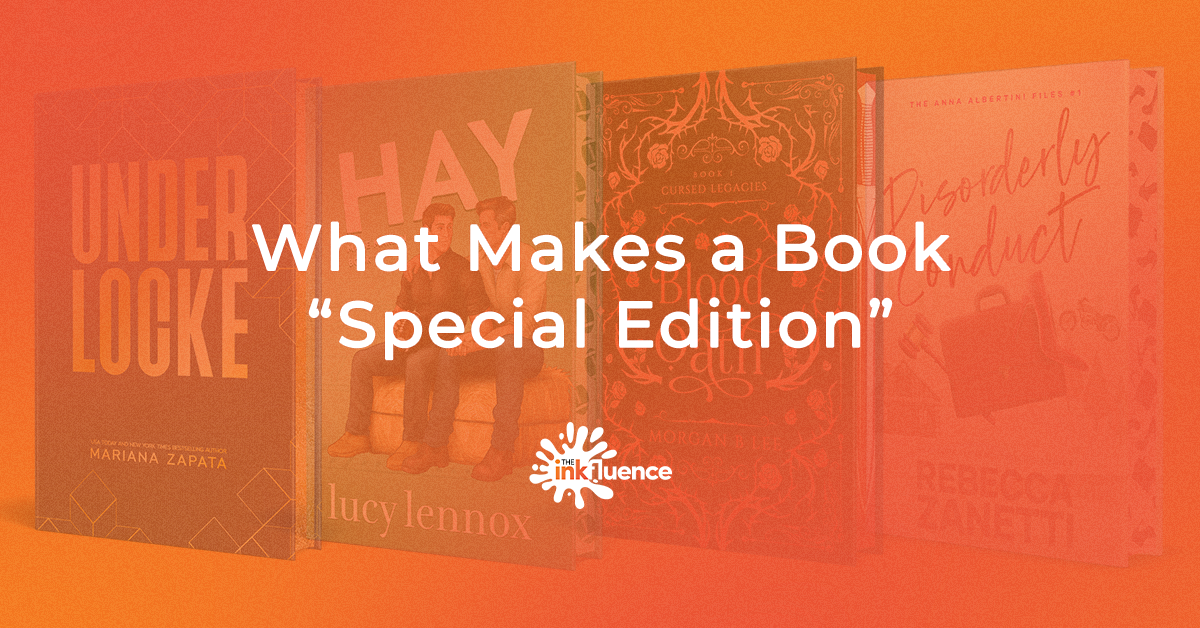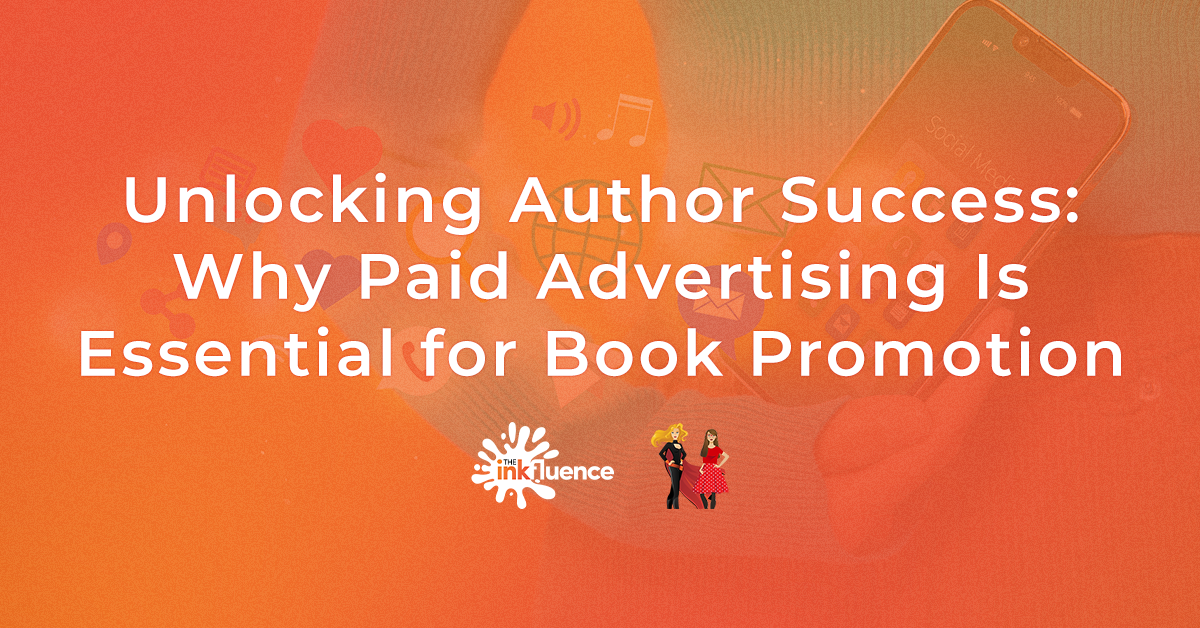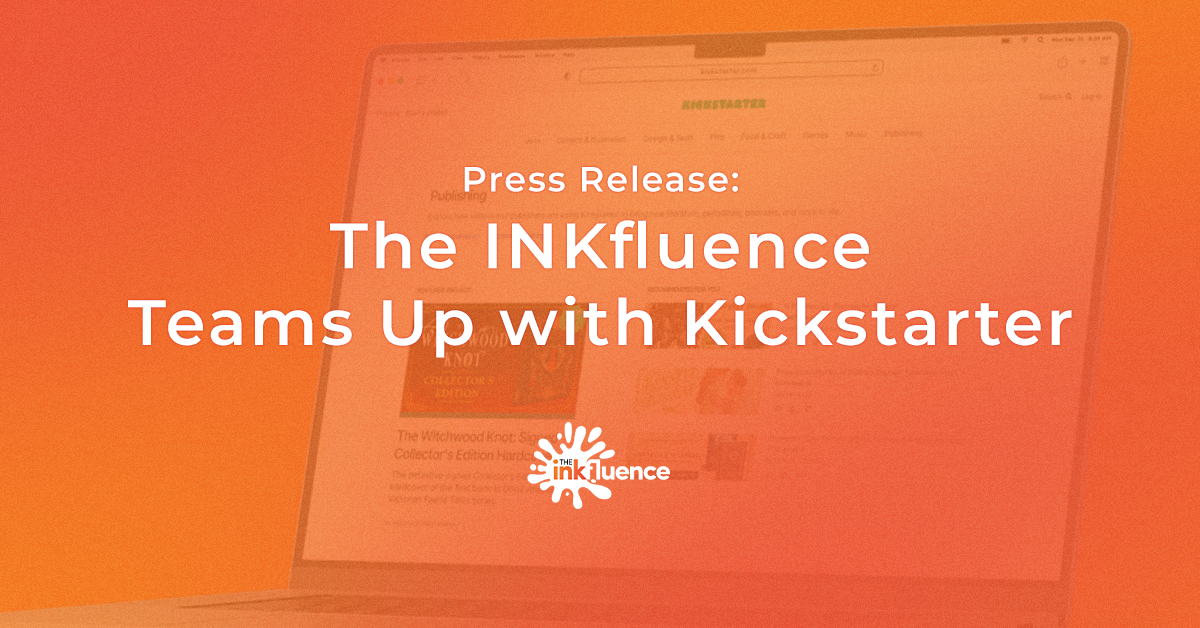Hello fellow bookworms and budding authors! If you’ve ever wandered into the arena of non-fiction writing, you’ve likely encountered a rather pressing quandary: “Just how many words should I pour into this masterpiece?” Join me on this voyage as we chart the unknown territories of word counts!
The Goldilocks of Word Count
Think of word count like the porridge in Goldilocks’ tale. Too hot (or too many words) and you risk alienating your readers and publishers, turning your precious work into a cumbersome tome. Not to mention, those added pages lead to higher production costs, and consequently, a heftier price tag for your readers.
Conversely, if your porridge is too cold (or too few words), it might seem like you’ve served up only an appetizer when your audience was hoping for a full-course meal. A slim volume might not capture attention on a bookstore’s shelf. And here’s a little nugget of wisdom: if it’s shorter than 96 pages, you might struggle even to print the title on the spine! This could lead to negative reviews as well.
However, when the stars align, and your book feels just right, it achieves that blissful balance – offering readers value for their money, and demanding attention from every nook and corner of a bookshop.

Riding the Wave of Changing Word Counts
It’s both intriguing and somewhat maddening that pinning down an “ideal” word count seems as elusive as capturing a unicorn. Publishers and agents seem to love playing hard to get with these figures! Furthermore, the variance in design, typography, and layout from one published work to the next can throw off our amateur detective work when trying to deduce word counts from existing books.
But here’s a spicy tidbit for you: modern books are, on average, getting more concise. With the digital age pulling readers in a million directions and production costs ever on the rise, brevity has become the soul of literature.
The Ultimate Guide to Non-fiction Word Counts
Pouring over mountains of data and combining it with a dash of literary intuition, I’ve crafted a comprehensive guide for your non-fiction writing adventures:
- Biographies: Aim for 80,000 – 110,000 words. For established authors, a little extra verbosity is generally tolerated. Maybe even welcomed.
- Memoirs: Navigate towards 60,000 – 90,000 words. Memoirs are intimate. Take your readers on a deeply personal journey, but don’t overstay your welcome.
- Business and Money Guides: The sweet spot lies between 40,000 – 80,000 words. Business is about precision; your book should be too.
- History Volumes: A broad range of 60,000 – 100,000 words should cover it. However, if you’re focusing on local history, consider a snug 30,000 – 40,000 words, sprinkled generously with captivating photographs.
- Self-help and Instructional: This vast genre varies greatly, but 20,000 – 70,000 words generally hit the mark. The depth and breadth of your topic will guide you.
- Big Idea Books: Think 60,000 – 80,000 words. To give a hint, Malcolm Gladwell’s ever-popular “Blink” sits comfortably at around 70,000 words.

Curious about calculating the word count of a published book? Engage in some bookish math by picking a standard text page (ranges from 250-350 words depending on variables like size of book, font used, etc), doing a bit of multiplication, and voilà!
Crafting the Perfect Manuscript: Tips for the Overeager and the Succinct
For those who’ve crafted a work that’s more akin to a short story, fear not! Perhaps your calling is a series of insightful, shorter pieces. Delve deeper into pivotal moments, offer readers interactive exercises, or weave in more personal stories.
And if you’re staring at a veritable encyclopedia, there are ways to trim without losing substance. Narrow down your core message, collaborate with an experienced editor, or consider transforming segments into engrossing blog posts or articles.
In conclusion, while writing is undeniably an art form, it’s also a balancing act. Strive for equilibrium between substance and brevity. And remember, every artist needs flexibility to craft their masterpiece.
Pro Tip: Get beta readers and ask them how they felt about the length. Having readers assess your work is the best way to garner perspective and your book’s marketability.
Here’s to your writing journey, and until we meet again, may your words flow effortlessly, and your ideas shine brilliantly!
